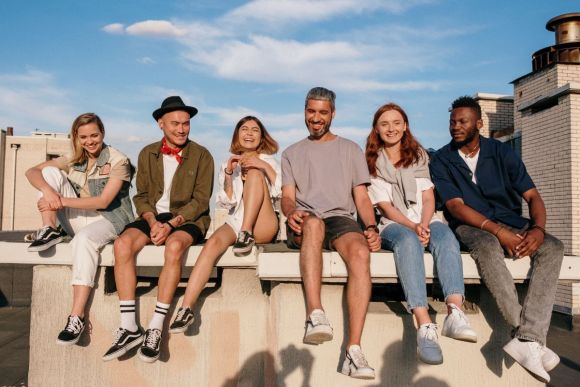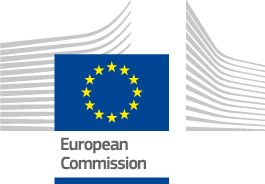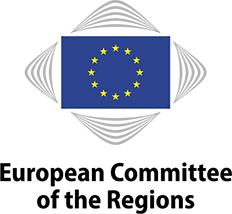
Air pollution is a problem that affects everyone. But very few people have the scientific expertise to come up with solutions. A session of the 19th European Week of the Regions and the Cities aimed to fix this issue by introducing five projects that empower citizens to independently use scientific tools to develop measures to improve air quality in their area.
By Isabelle Bock (Edited by Vilde Skorpen Wikan)
Few people oppose clean air and environmentally friendly mobility solutions. Yet too often the discourse on corresponding policies is dominated by experts. This creates the impression that only they can develop effective measures towards a green transformation.
That this is not always the case became clear at the online session Citizen science – tools to achieve a real impact on policy-making on Tuesday 12th October during the 19th European Week of the Regions and the Cities in Brussels. During the event, four speakers presented five projects that illustrate how citizens can be given the technological tools to collect and analyse scientific data and to develop and implement adequate measures for improved air quality and environmentally friendly mobility in their area.
All the projects have been funded by the EU research and innovation programme Horizon 2020, which comprises nearly 80 billion euros for the years 2014 to 2020.
Citizen research
To create tangible results and ensure that policies survive long term, the project involves citizens who are themselves directly affected.
The Icarus project of professor Dimosthenis Sarigiannis at the Aristotle University of Thessaloniki, has for instance spawned the digital application Rquality, which tracks air quality in real time and shows how air pollution impacts health. For example, it uses graphs to visualize the composition of the air the app’s user is currently breathing. The app also quantifies individual carbon footprints and includes a feedback function where users can report events relevant to air quality, such as fires.
Large-scale engagement
Similarly, the iScape programme, created at the University College Dublin under the aegis of Associate Professor Francesco Pilla, demonstrates how citizens can conduct their own research. By applying an “Urban Living Lab” framework, individuals can present their own ideas to stakeholders and policymakers, who are able to take them into account while also noting their feasibility or limitations.
Senior Lecturer Dr. Laura Fogg-Rogers at the University of the West of England, Bristol, also presented two programmes that aim to optimise air quality while maximizing citizen’s involvement.
The first programme, ClairCity, gives citizens information while also collecting their input through online forums, opinion polls or informative websites or exhibitions. The second programme, We Count, seeks to increase people’s active engagement. It has involved over 800,000 citizens in six cities who participated in activities such as Mutual Learning Workshops with stakeholders, various public events and competitions for children.
Also here people can collect scientific data, for example with sensors to measure the density of the traffic. With great enthusiasm, Dr. Fogg-Rogers spoke about how the programme is even envisaging to proceed from data collection to analysis and finally to concrete policy-making.
Inform. Involve. Empower
The final programme, ACTION, presented by Elena Simperl, professor of computer science at the King’s College London, offers a toolkit on the financing of projects that let citizens collect data, the development of good practices for empirical science and the sharing of knowledge related to environmental policies.
During the online session, the urgent importance of these integrative approaches became evident. While Dimosthenis Sarigiannis emphasized that citizens should derive benefit from using the presented scientific tools, Laura Fogg-Rogers and Elena Simperl added that tools need to be as diverse as possible in order to reach a broad range of people. Both Fogg-Rogers and Simperl also approved of one viewer’s suggestion to increase public interest in active engagement for environmental policies through art and culture because art can facilitate the access to the issue of mobility or air quality.
“Science to the people” could have been the slogan of the session and the audience appreciated the creativity and bottom-up approaches of the four projects during the debate. Following Fogg-Roger, this method of bringing science to the people for long-lasting positive impact on the environment can be summed up in three words: Inform. Involve. Empower.



